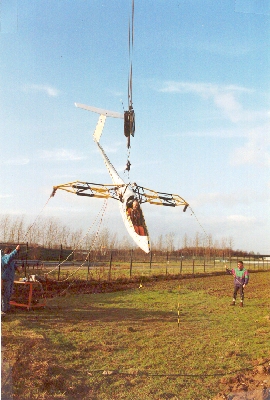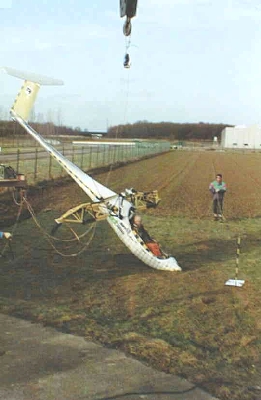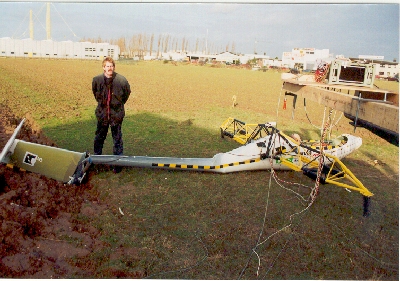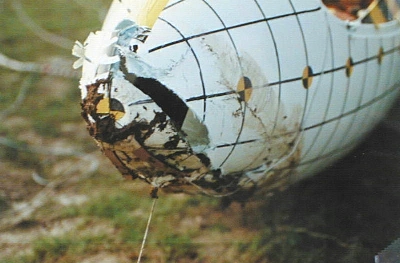Safety cockpit
The safety cockpit has been incorporated in Schleicher sailplanes for many years. It’s the basis for the effective implementation of total rescue systems.
The safety cockpit was already developed by Schleicher in the early 1980ties and was first fully implemented with the ASW 24 (first flown in 1988). The concept was so successful that the OSTIV prize was awarded to Gerhard Waibel at the world gliding championships at Wiener Neustadt. In these designs the rear cockpit area and the canopy frame have been especially strengthened while the fuselage nose was deliberately built soft and crushable.
Because of the characteristics mentioned above, Professor Röger and his students built a test fuselage with the ASW 24 mold, in connection with the research project “Total Rescue Systems”. Several tests, using different crash conditions such as variable all-up weights, sinking speed, type of ground surface, confirmed the effectiveness of the safety cockpit design. The existing ASW 27 and ASW 28 structures were found to be suitable for a total rescue system without any extra modifications.
By way of examples, here are several photos of the FH-5 test:
The following photos were taken on 14/01/1994 in Köln-Lind. They contain the results of the FH Aachen crash tests with an ASW 27 fuselage. The mass of the wings was represented by attached weights.
Conditions
Crash angle: 45°
Crash velocity: 6 m/s

Height of test fuselage before the crash test was about 2 m over grassy ground. The test simulated an impact of a sailplane descending with a parachute from the total rescue system.

Impact and impression into the ground.

The destroyed fuselage after impact. The cockpit is undamaged, the impact energy is absorbed by the nose. The fuselage is only destroyed by the unlucky secondary impact of the tail skid with the edge of the field.

The energy of the initial impact was absorbed partially by the ground but mostly by the crush zone in the fuselage nose. The acceleration and force values measured on the “dummy” were lower than the maximum permissible values for car crashes.
